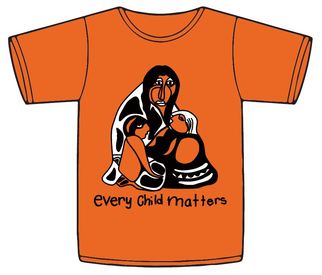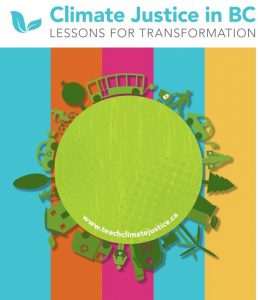Ojo de Agua Comunicación
This community-based media organization that endeavors to foster Indigenous communication projects in Mexico demonstrate the strategic integration of media into their cultural fabric. Its website (although it´s presented just in Spanish) allows us to get an overview of its development during 17 years of work, in where this socially committed organization have promoted Indigenous media elaborated by their own protagonist.
Digital native media inform and empower rural and indigenous communities in Latin America
Another article that emphasizes the power of cultural communications through digital media and social networks in Latin America, presents a variety of digital sites that establish connections with rural and indigenous communities.
Through these sites, Indigenous communities can give voice to their own community problems, with the idea of creating links between cultural activism, journalists and citizens.
In this website, there are sites for journalistic work, social networks that encourage public debate and the sharing of knowledge through workshops in communities.
https://knightcenter.utexas.edu/blog/00-17322-digital-native-media-inform-and-empower-rural-and-indigenous-communities-latin-americas

